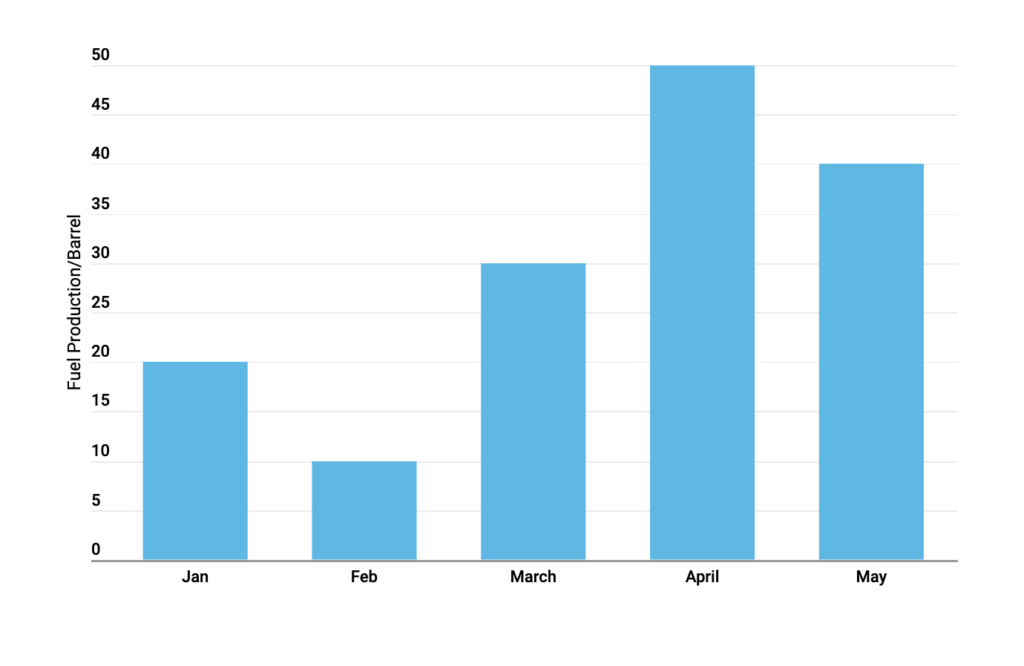Topic Content:
- Definition of Bar Chart
- Types of Bar Chart
A bar chart is a series of rectangles, whose widths are equal, and whose heights are proportional to the value they represent. The bars are separated from one another by equal space. Bar charts show the changes in the figures of the variables.
Types of Bar Chart:
1. Simple Bar chart.
2. Components Bar Chart.
3. Multiple Bar Charts.
Simple Bar Chart:
Simple bar charts are bars of various height that represents data with different values or figures. It is a type of bar chart that doesn’t have different parts.

You are viewing an excerpt of this Topic. Subscribe Now to get Full Access to ALL this Subject's Topics and Quizzes for this Term!
Click on the button "Subscribe Now" below for Full Access!
Subscribe Now
Note: If you have Already Subscribed and you are seeing this message, it means you are logged out. Please Log In using the Login Button Below to Carry on Studying!



Responses